1. Autonomous Navigation for Spacecraft
AI can enable spacecraft to autonomously navigate through space, adjusting their course in real time to avoid hazards like space debris and optimize travel paths, enhancing mission safety and efficiency.
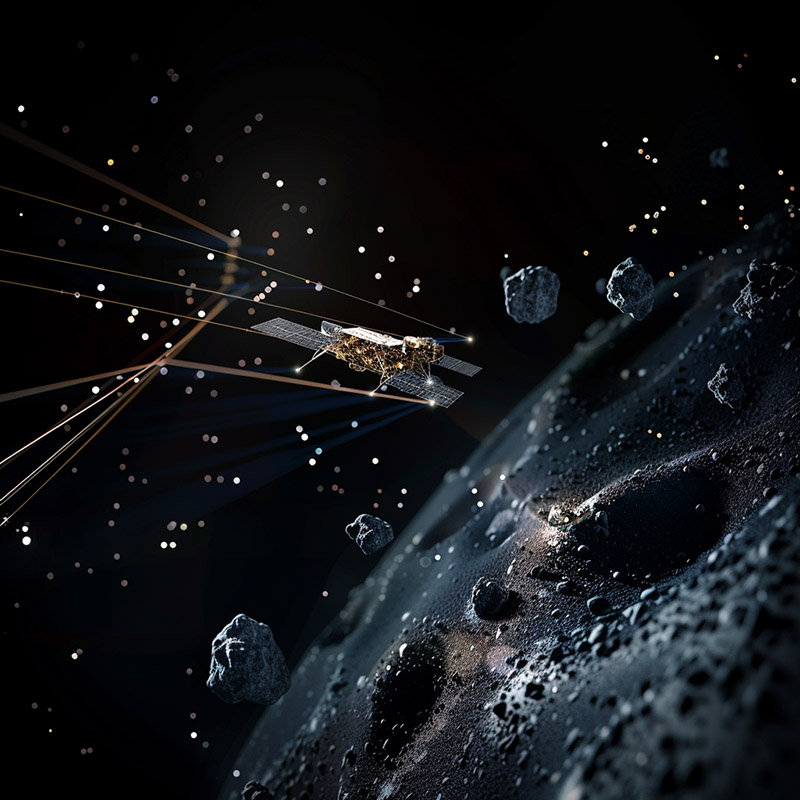
The use of AI in autonomous navigation for spacecraft revolutionizes space travel by enabling spacecraft to make real-time navigational decisions without direct human intervention. This capability is particularly crucial for navigating through unpredictable environments, such as asteroid fields or orbital debris, where swift adjustments are essential. By processing vast amounts of spatial data and predicting potential hazards, AI ensures safer and more efficient routes, significantly reducing the risk of collisions and enabling missions to reach their destinations faster. This advancement allows space agencies to undertake more complex missions with greater confidence in the safety and reliability of their spacecraft.
2. Habitat and Base Construction Automation
In future lunar or Martian habitats, AI-driven robots could autonomously construct bases, using local materials and pre-set designs to prepare shelters before human arrival, reducing risks and resource needs for crewed missions.
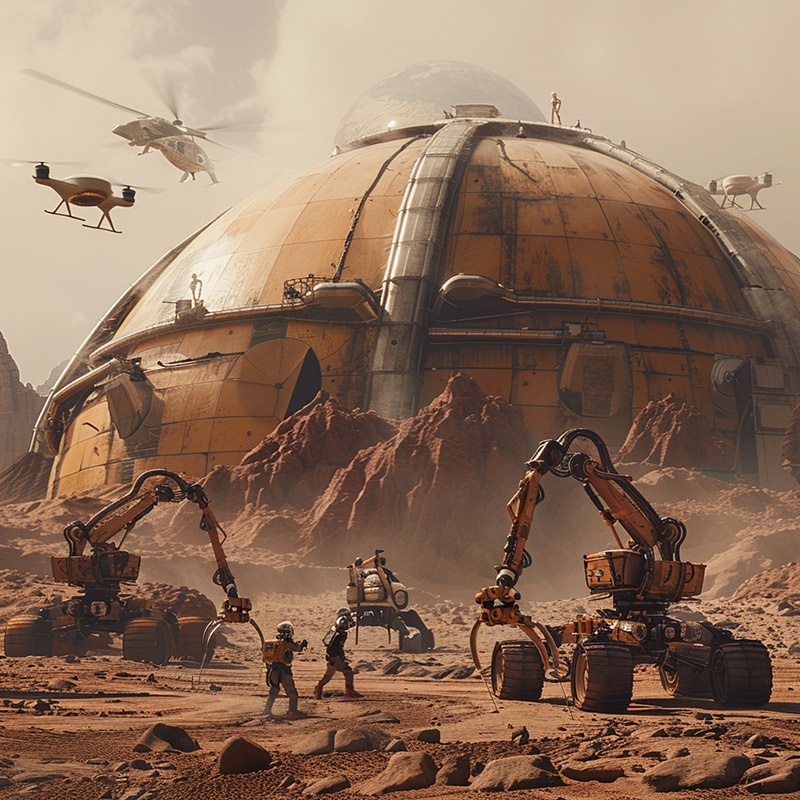
AI-driven robots autonomously constructing habitats and bases on other planets or moons greatly increase the feasibility and safety of establishing extraterrestrial colonies. By utilizing local materials and predefined designs, these robots can prepare living and research facilities before human arrival, minimizing the initial risk to astronauts and reducing the payload needed for construction materials. This automation speeds up the colonization process, ensuring structures are built efficiently and to specification, paving the way for sustainable human presence beyond Earth with reduced costs and increased safety.
3. Life Detection Algorithms
AI could analyze data from planetary rovers and orbiters in search of biosignatures or other indicators of life, using sophisticated pattern recognition to identify signs that might be too subtle for human researchers to detect.
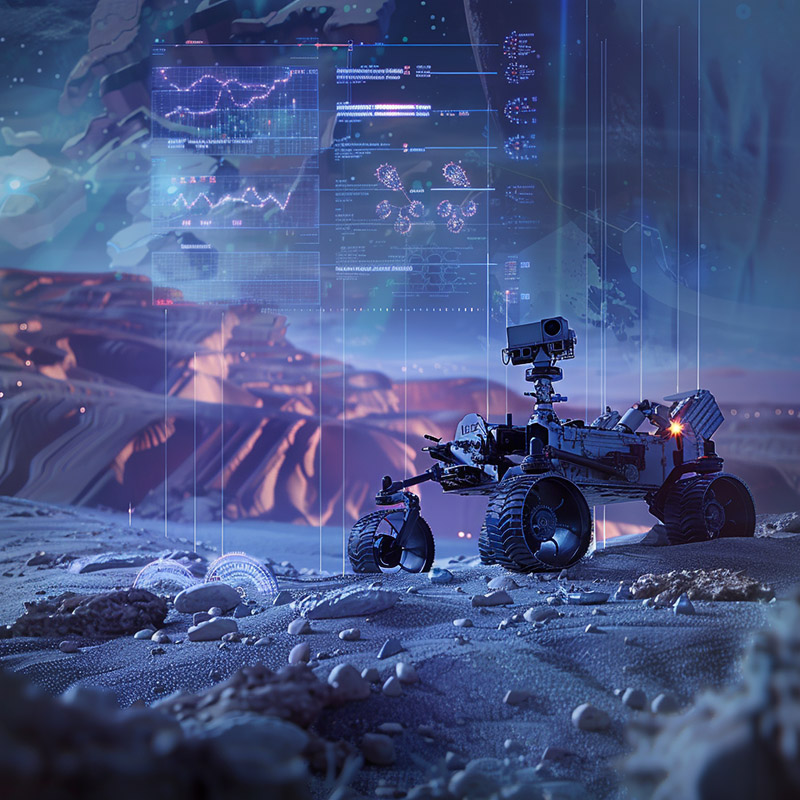
Incorporating AI into the search for life on other planets enhances the productivity of space missions by allowing for more thorough and nuanced analysis of environmental samples than is possible through human effort alone. AI's ability to sift through enormous datasets and identify patterns indicative of biological activity makes it an invaluable tool in astrobiology. By automating the detection process, missions can cover more ground and analyze samples more quickly and accurately, increasing the chances of making significant discoveries regarding life beyond Earth, and focusing scientists' efforts on the most promising findings.
4. Predictive Maintenance for Spacecraft and Equipment
AI systems onboard spacecraft can predict equipment failures before they occur by analyzing data trends, allowing for preventive maintenance and reducing the risk of mission-compromising malfunctions.
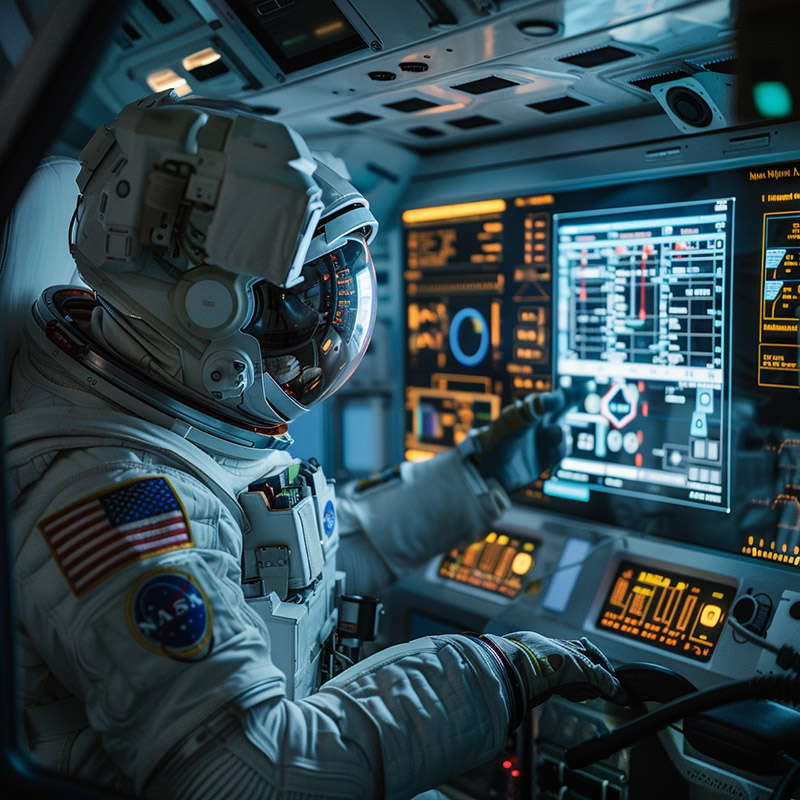
Predictive maintenance powered by AI transforms spacecraft and equipment management by forecasting failures before they happen, enabling timely interventions that prevent malfunctions. This predictive capability ensures higher operational availability and reliability of space missions, as maintenance teams can address potential issues during planned downtime rather than responding to unexpected failures. The result is a significant reduction in mission risks, costs associated with emergency repairs, and downtime, leading to more productive and successful space operations.
5. Enhanced Astronomical Observations
AI can process vast amounts of data from telescopes and space observatories, identifying celestial objects and phenomena more quickly and accurately than human-operated systems, expanding our understanding of the universe.
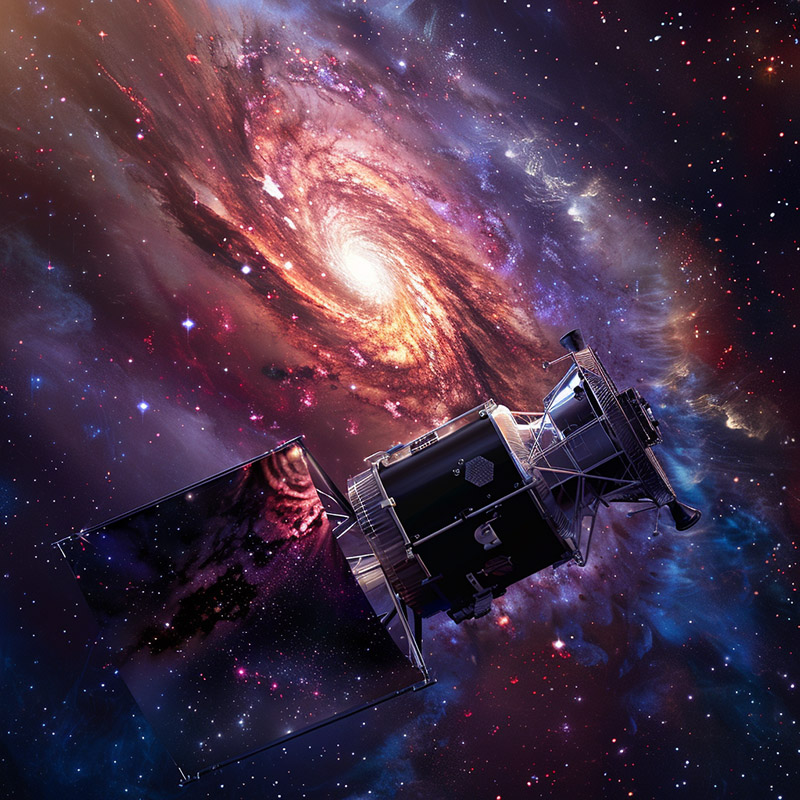
AI significantly advances astronomical observations by processing and analyzing the vast amounts of data collected by telescopes and space observatories far more efficiently than humanly possible. This allows for the identification and classification of celestial objects and phenomena at unprecedented speeds. AI's capability to detect subtle signals and patterns amidst noise accelerates discoveries in astrophysics and cosmology, enabling scientists to quickly focus on groundbreaking findings and hypotheses, thereby accelerating the pace of scientific discovery in astronomy.
6. Optimized Communication with Earth
AI can manage and optimize the scheduling and routing of communications between space missions and Earth, ensuring efficient use of bandwidth and minimizing delays, critical for deep-space missions.
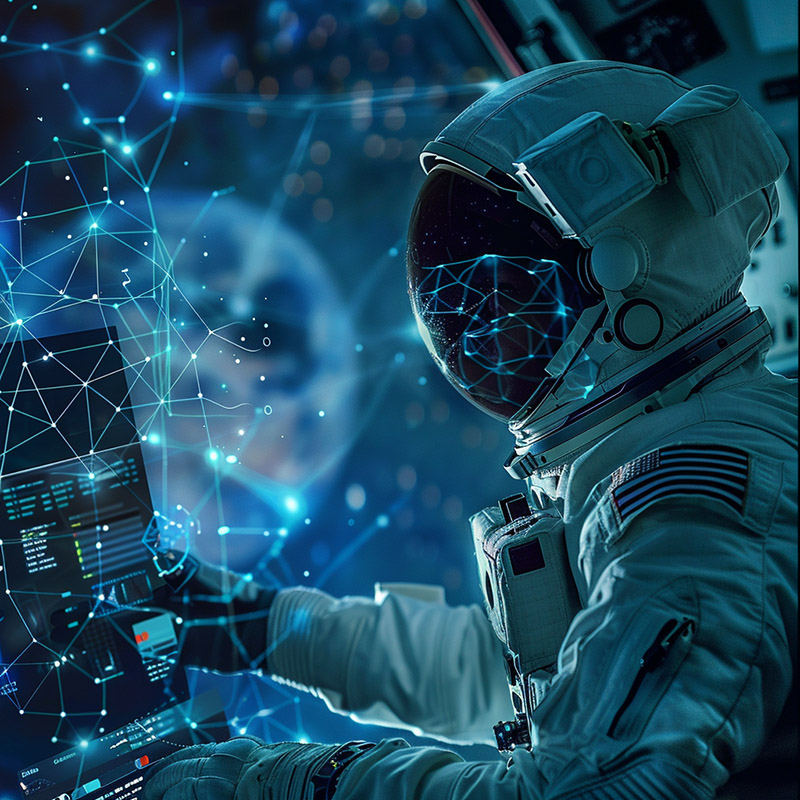
AI optimization of communication between space missions and Earth drastically improves the efficiency of data transmission, ensuring vital information is shared quickly and reliably. By dynamically managing the scheduling and routing of communications, AI maximizes the use of available bandwidth and minimizes delays, crucial for deep-space missions where every second counts. This optimization supports more productive scientific research and mission control operations, enhancing the overall success of space missions.
7. Automated Scientific Experiments
In space laboratories, AI could oversee and conduct scientific experiments, adjusting parameters in real-time based on initial findings and available data, maximizing research outputs without direct human oversight.
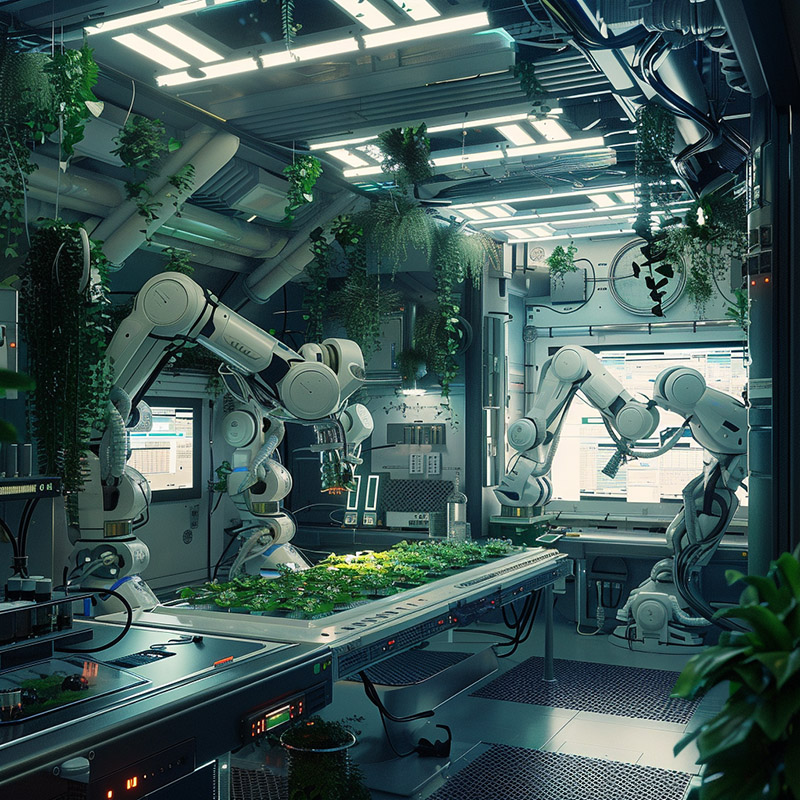
Employing AI to oversee and conduct scientific experiments in space laboratories revolutionizes space research. By autonomously adjusting experimental parameters in response to real-time data, AI maximizes the scientific value extracted from each experiment. This not only increases the volume and variety of research that can be conducted simultaneously but also ensures that findings are accurately captured and analyzed, accelerating scientific discovery and making space laboratories vastly more productive.
8. Spacecraft Health Monitoring
AI systems can continuously monitor the health and status of spacecraft components, using machine learning to identify patterns that could indicate potential issues, improving mission reliability.
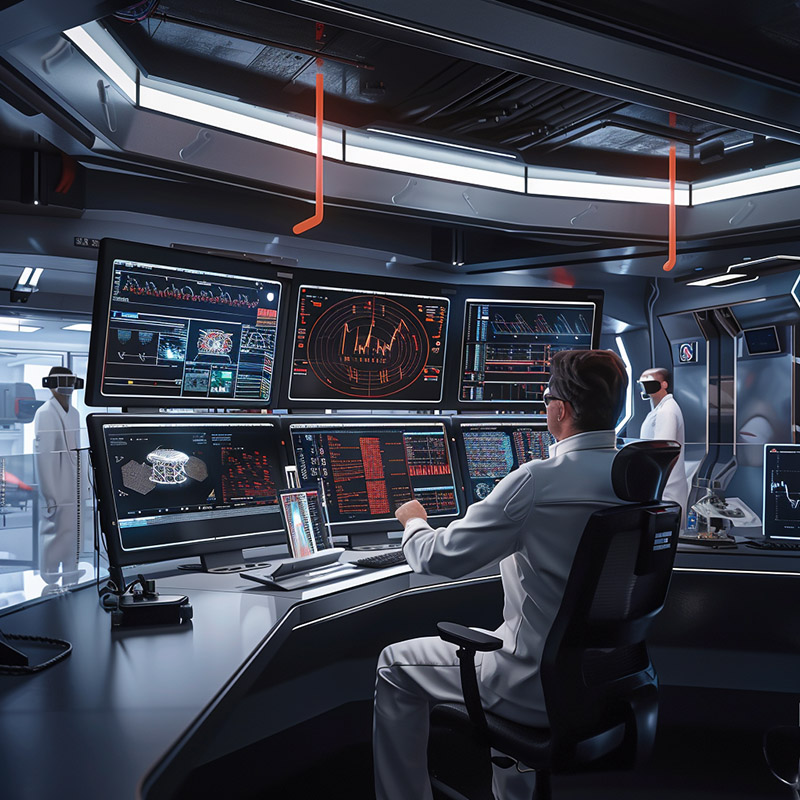
AI-enhanced health monitoring of spacecraft components ensures that space missions operate at peak efficiency. By continuously analyzing system data to detect patterns indicative of potential failures, AI enables preemptive maintenance, reducing the likelihood of in-mission failures. This ongoing assessment helps maintain spacecraft in optimal condition, extending their operational lifespan and ensuring missions achieve their objectives without interruption, thereby maximizing productivity and mission success.
9. Resource Identification and Mining
AI-driven rovers and drones could autonomously scout celestial bodies for resources such as water ice or minerals, analyzing geological data to identify viable mining sites for future exploration or settlement.
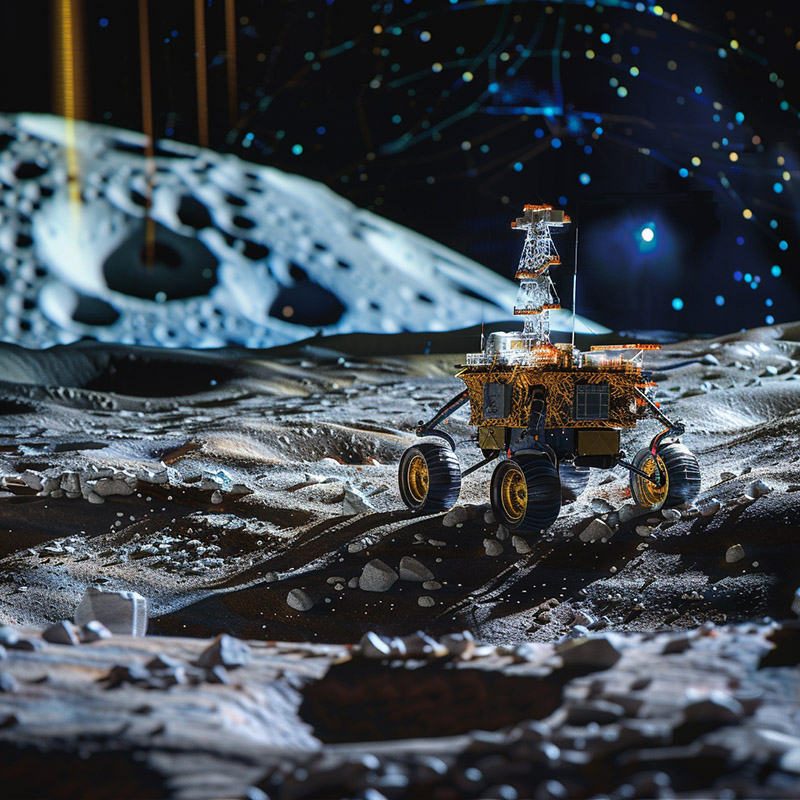
The application of AI in identifying and mining resources on celestial bodies streamlines the exploration and utilization of space resources. By autonomously analyzing geological data to locate resources such as water, minerals, and metals, AI-equipped rovers and drones can significantly speed up the prospecting process. This capability is key to supporting sustained human presence in space, as it enables the efficient extraction of resources needed for life support, fuel, and construction materials, making off-Earth living and exploration more feasible and productive.
10. Personalized Astronaut Assistance
AI personal assistants could provide astronauts with real-time information, health monitoring, and psychological support, customizing advice and alerts to each crew member's needs, thereby enhancing mission success and crew well-being.
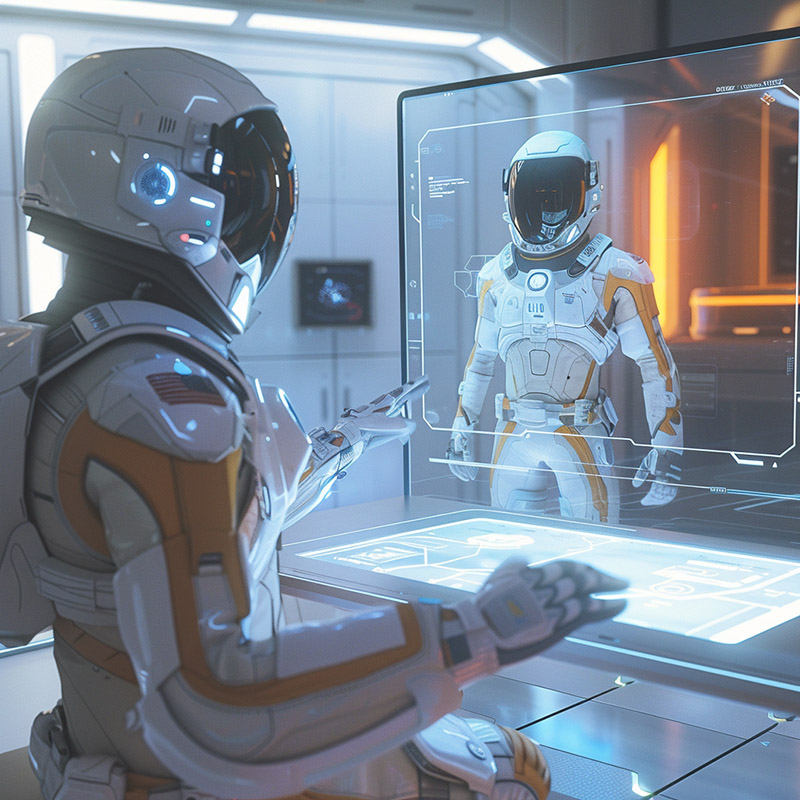
AI-driven personal assistance for astronauts enhances mission productivity by providing tailored support for each crew member's needs. From monitoring health and well-being to offering real-time information and psychological support, AI assistants ensure astronauts remain focused, healthy, and efficient throughout their missions. This personalized support helps optimize performance, reduce stress, and prevent potential health issues, contributing to the overall success and productivity of space missions.